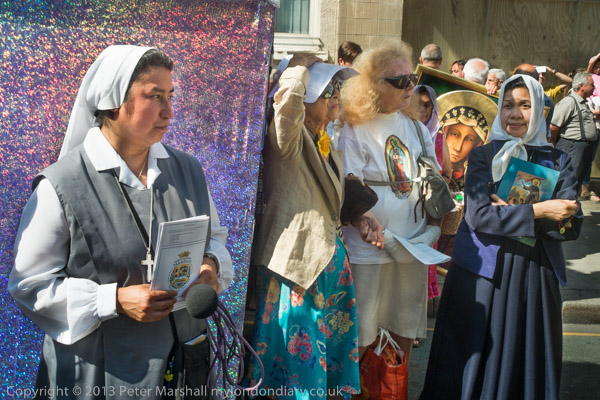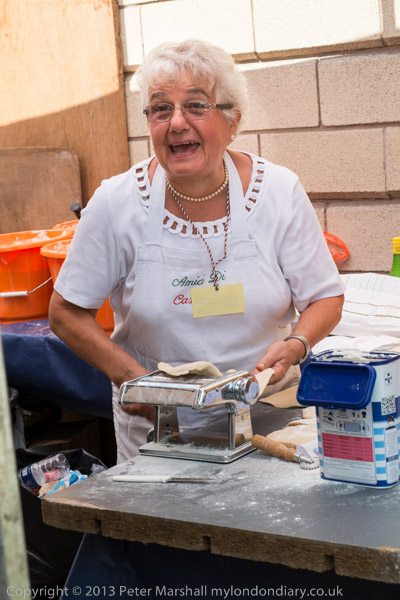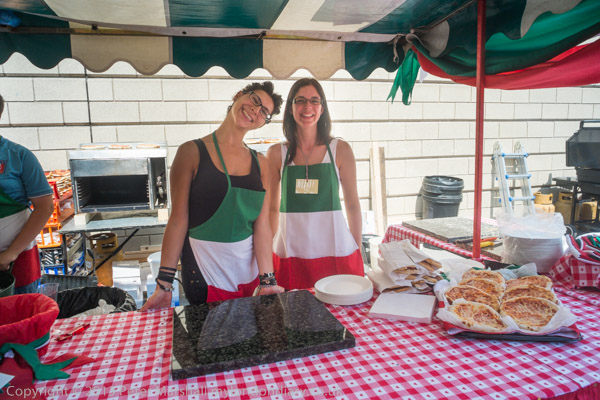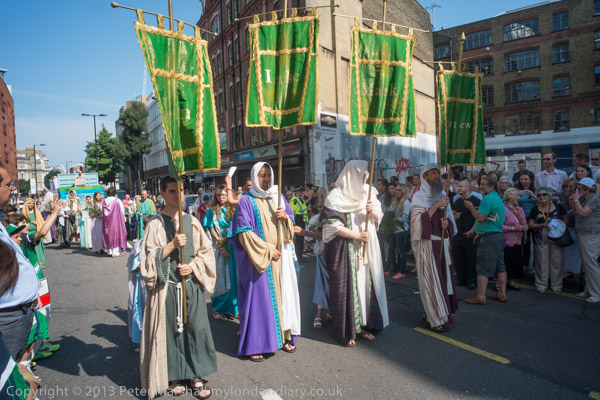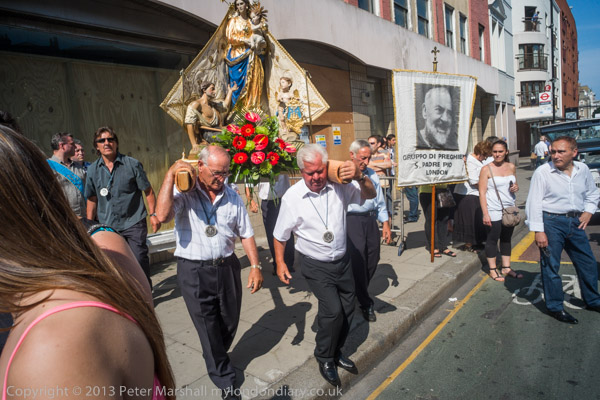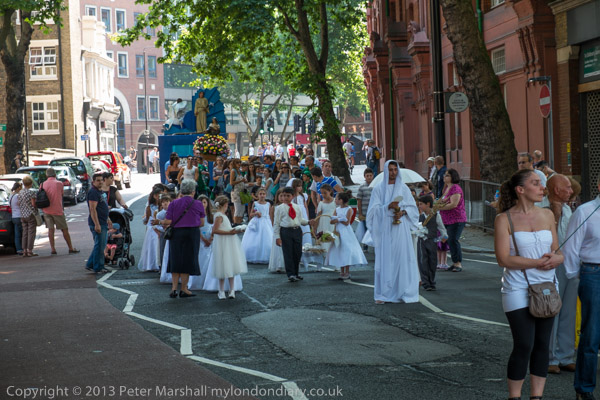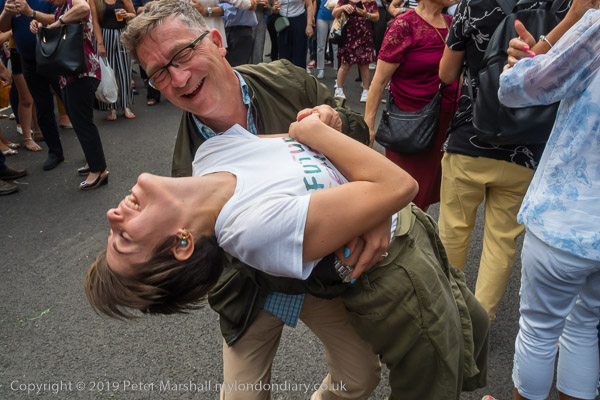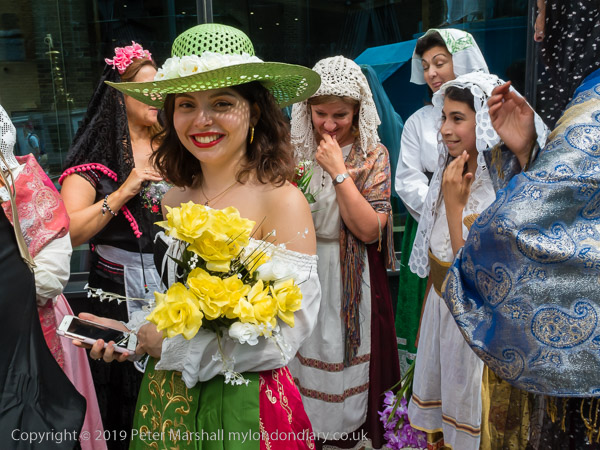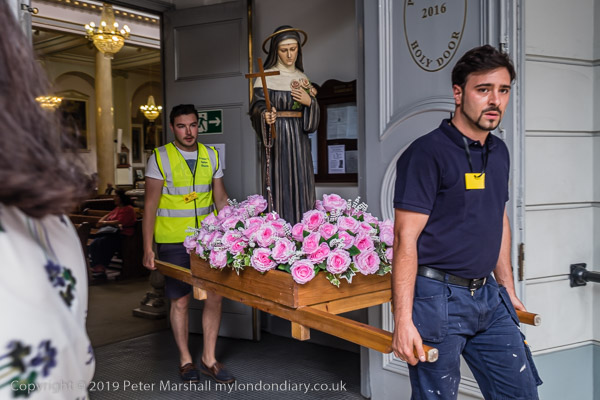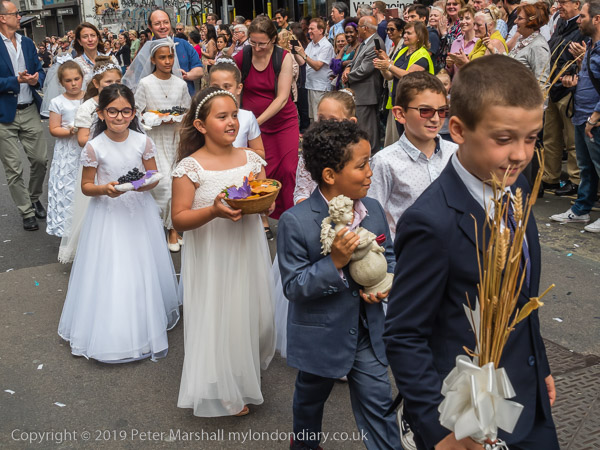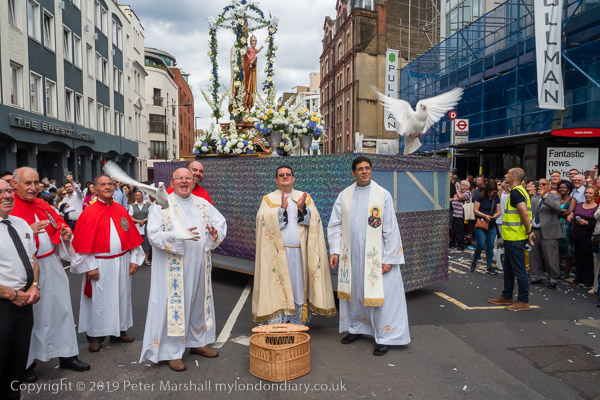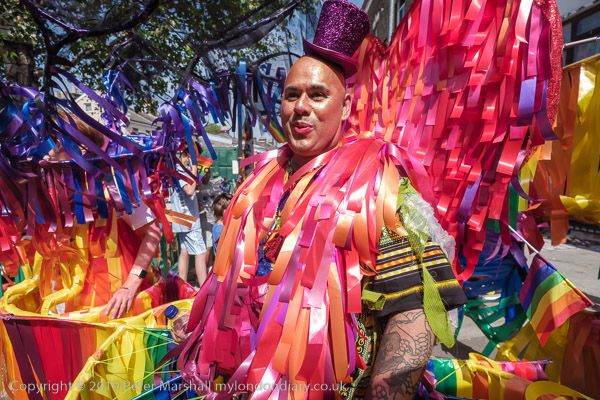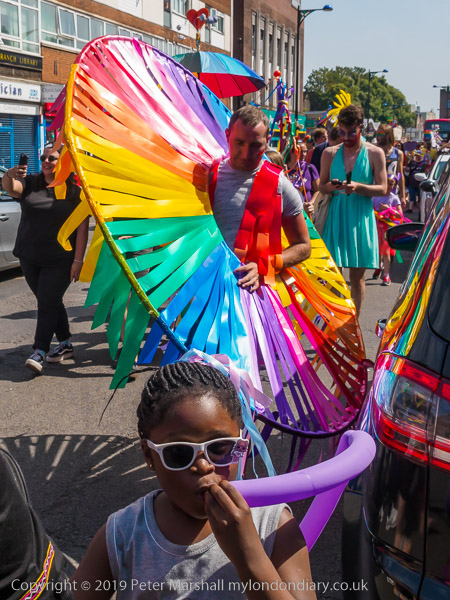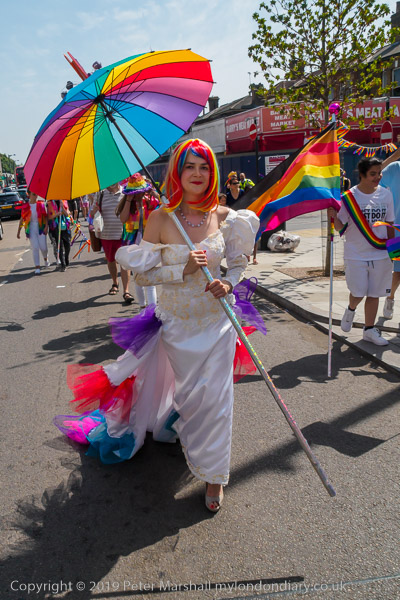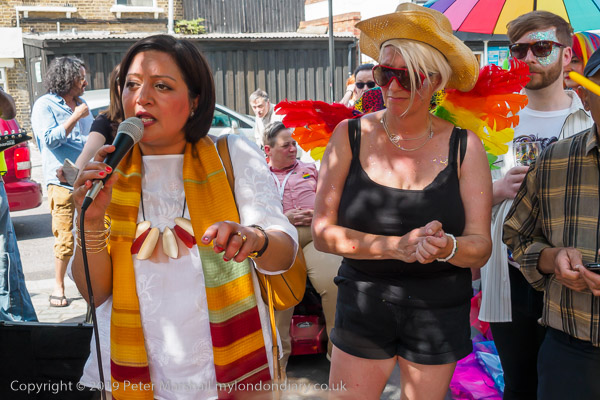Magna Carta Under Threat – Runnymede Eco Village 12 June 2015
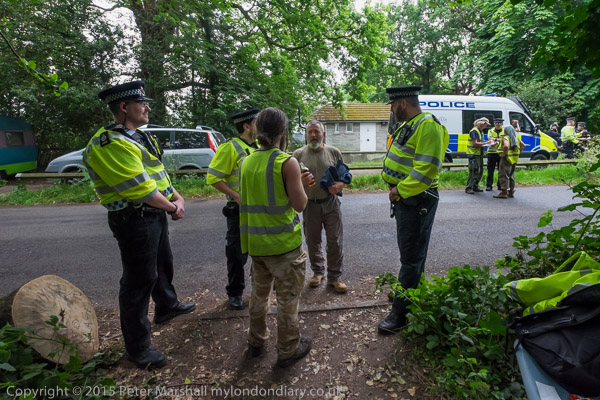
On 15th June 1215, rebel barons forced King John to sign a royal charter of rights at a meeting at Runnymede, just a short bike ride from where I live. According to Wikipedia, “it promised the protection of church rights, protection for the barons from illegal imprisonment, access to swift justice, and limitations on feudal payments to the Crown.” While good news for the church and the barons, it had little to offer the common men, and neither side took much notice of it and was in any case rapidly annulled by the Pope.
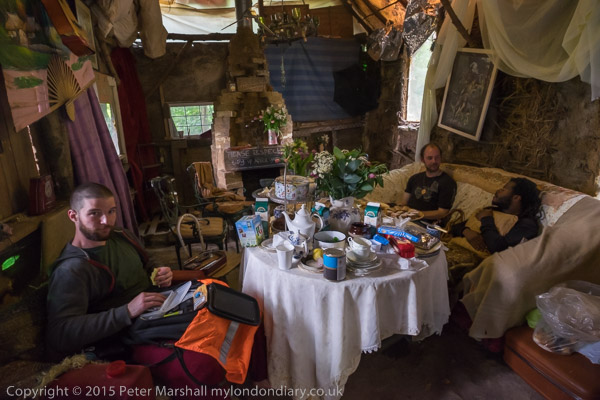
Two years later after the death of John and a war by the Barons a revised version was part of the peace treaty, and this was then given the name Magna Carta, as there was another smaller Charter of the Forest also agreed between the parties in 2017. This re-established the rights of free men in royal forests which the Normans had largely removed, at the same time making about a third of the land in the south of England into royal forests, giving rights to collect firewood, burn charcoal, graze pigs and other animals and cut turf – all vital activities for keeping alive.
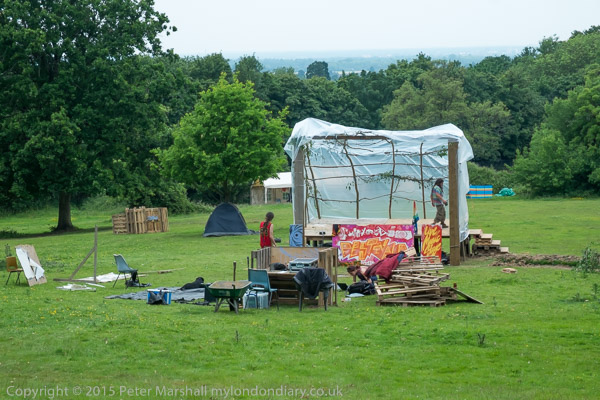
Although the legal significance of Magna Carta soon faded away, it re-emerged from the 16th century on as it became seen as the basis for the English constitution, restoring the freedoms that the conquering Normans had removed, and it became widely seen as the basis for “the contemporary powers of Parliament and legal principles such as habeas corpus.” Various British monarchs tried to supress even its discussion but it remained “a powerful, iconic document, even after almost all of its content was repealed from the statute books in the 19th and 20th centuries.” And these discussions had a powerful effect on those writing the US Constitution.
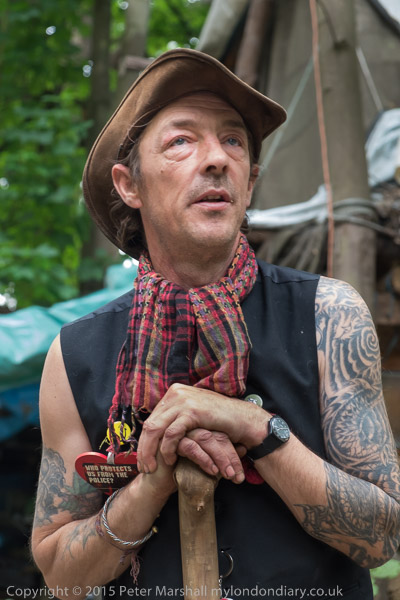
The only clauses of Magna Catra that remain in force are those protecting the Church and the City of London and Clause 29 which stated “The body of a free man is not to be arrested, or imprisoned, or disseised, or outlawed, or exiled, or in any way ruined, nor is the king to go against him or send forcibly against him, except by judgment of his peers or by the law of the land.” But when Occupy London tried to make use of this to resist eviction their argument was unsuccesful.
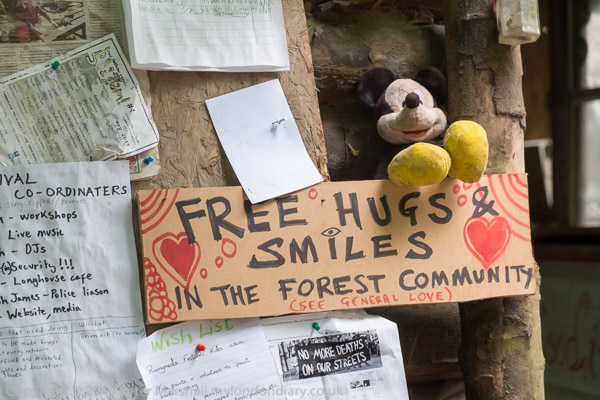
More recently Magna Carta “truthers” have unsuccfully tried to use it against various legislation, including the Covid laws, particularly over wearing masks. But without any chance of success. Freedom to flout the law seems mainly to be granted to those in government. And much of the legislation being pushed through the UK parliament now by a large Tory majority does go against our principles of freedom, such as severely restricting our rights to protest and deporting asylum seekers.
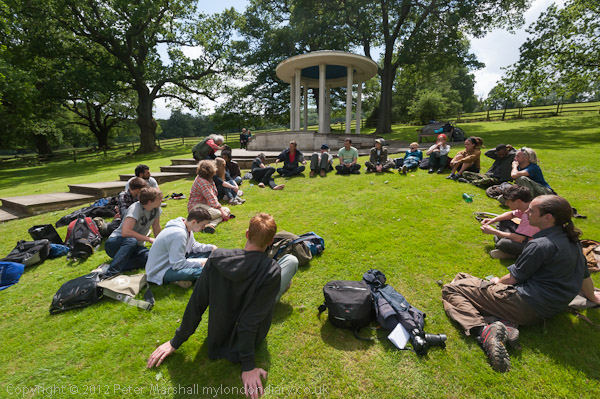
Back in June 2012 I had sat on the grass with ‘Diggers’ camped on Cooper’s Hill close to the US Bar Association Magna Carta memorial (and possibly close to where King John and the Barons met, though that may have been rather closer to Staines.) The original Diggers or ‘True Levellers’ were founded in 1649 after the first English Civil War by Gerard Winstanley who stated “England is not a free people, till the poor that have no land have a free allowance to dig and labour the commons.” His ideas of the sharing of property came from the New Testament.
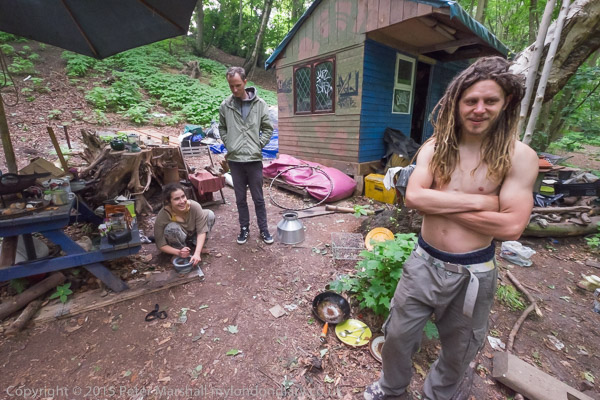
This year it is particularly appropriate to recall the Biblical idea of ‘Jubilee’, where after 49 years there would be a ‘Year of Release’ when slaves and prisoners would be freed, and debts would be forgiven. The land would be allowed to lie fallow and all land and other properties (except houses in walled cities) would be returned to the original owners or their heirs.
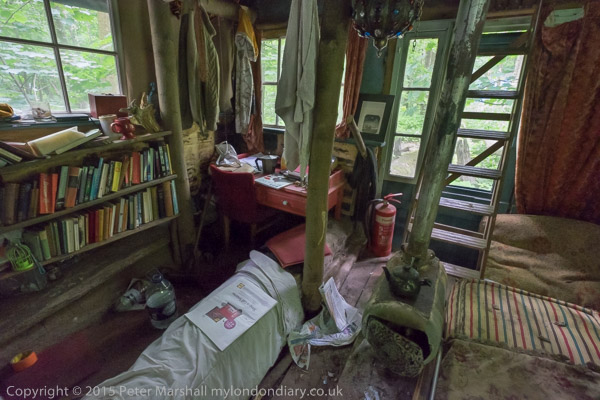
Land ownership in the UK has changed relatively little since the Normans took it away from the inhabitants after 1066, with the same families still owning the great majority of English land. A minute fraction of the UK population – 0.65% – currently own more than two thirds of the UK land area. Land ownership is the foundation of our class system and while a revolution seems unlikely in the near future, any reforming government should be putting a land tax at the centre of its programme.
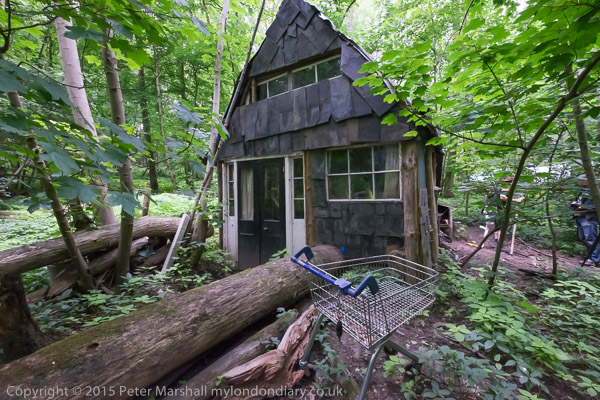
The Diggers at Runnymede in 2012 had heard a discourse on Magna Carta and the Diggers from a historian at the nearby college of London University, and talked about more recent occupations of disused Land by ‘The Land Is Ours’ at the Wandsworth/Battersea Guinness site in 1996, at the Kew EcoVillage in 2009 and at Grow Heathrow.
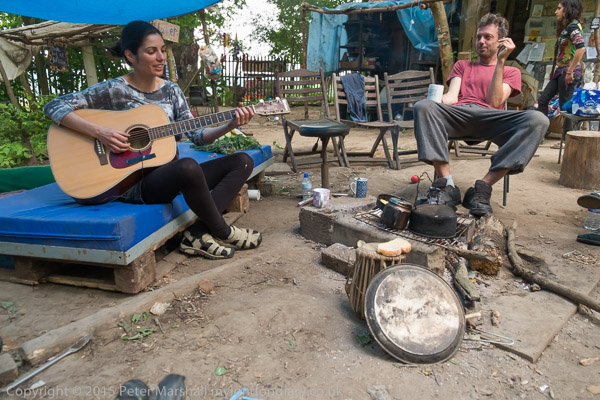
My post Diggers at Runnymede Call For Freedom gives some detail on the 2012 event as well as the setting up of the Runnymede Eco Village. At the meeting people agreed to hold a celebration of the 2015 anniversary of Magna Carta at the village site.
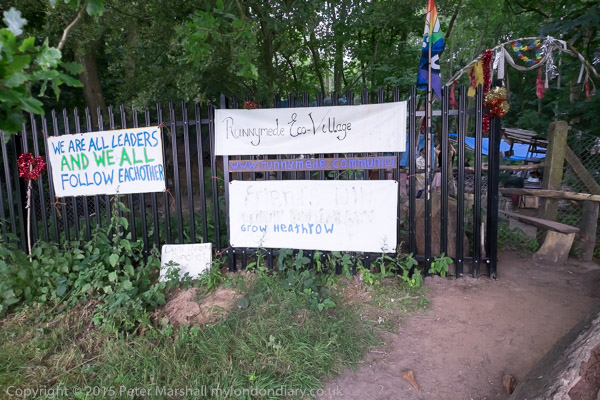
Many in the local community welcomed the presence of the Eco-village, and the community work they had done over the three years. What little trouble there had been had been caused by outsiders, thought by some to have been encouraged by landowner and police. And although the celebrations were planned to be entirely peaceful, police, urged on by Surrey County Council and almost certainly some government ministers, laid on a huge and almost certainly illegal exercise to prevent the event taking place.
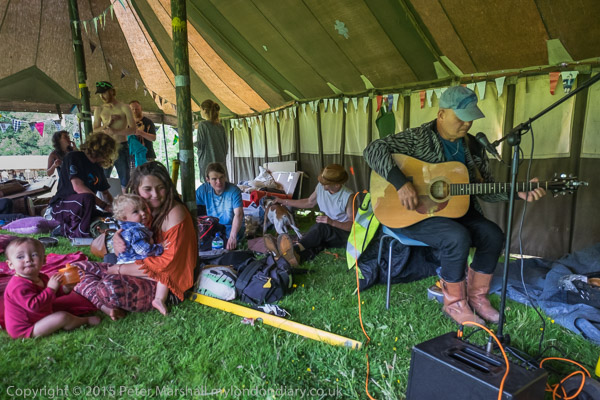
I wrote: “Police surrounded the Runnymede Eco Village as the Magna Carta weekend Festival For Democracy was to start and prevented some people entering, issuing some with exclusion notices covering a wide area.“
“The police action appeared to be an entirely politically motivated action against the community and its many friends to prevent their long-planned celebrations of Magna Carta, a charter supposed to represent freedom under the law but here at its very source 800 years ago it was being suppressed in an unfair and arbitrary manner by the forces of the Law.”
As well as my account of what I saw on Friday 12th June at Runnymede on My London Diary, Police threaten Runnymede Magna Carta festival, you can also read the post I wrote the following day here on >Re:PHOTO, Celebrating Magna Carta.

